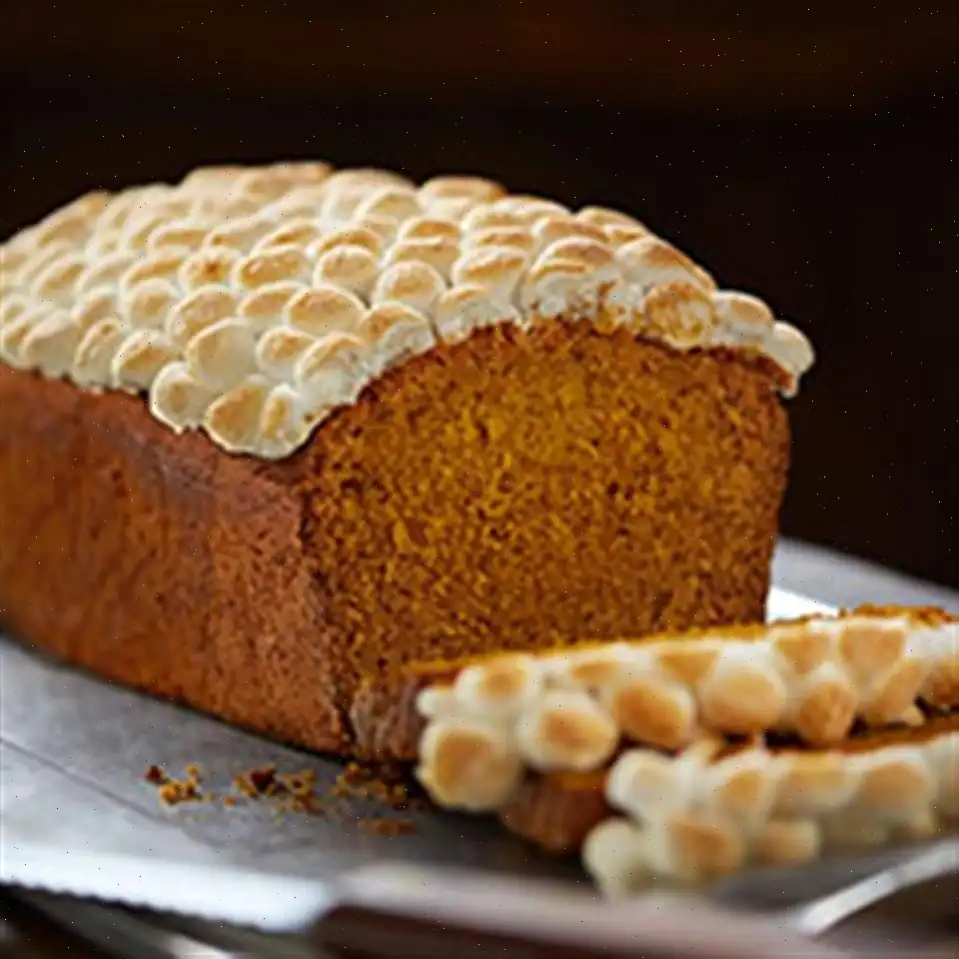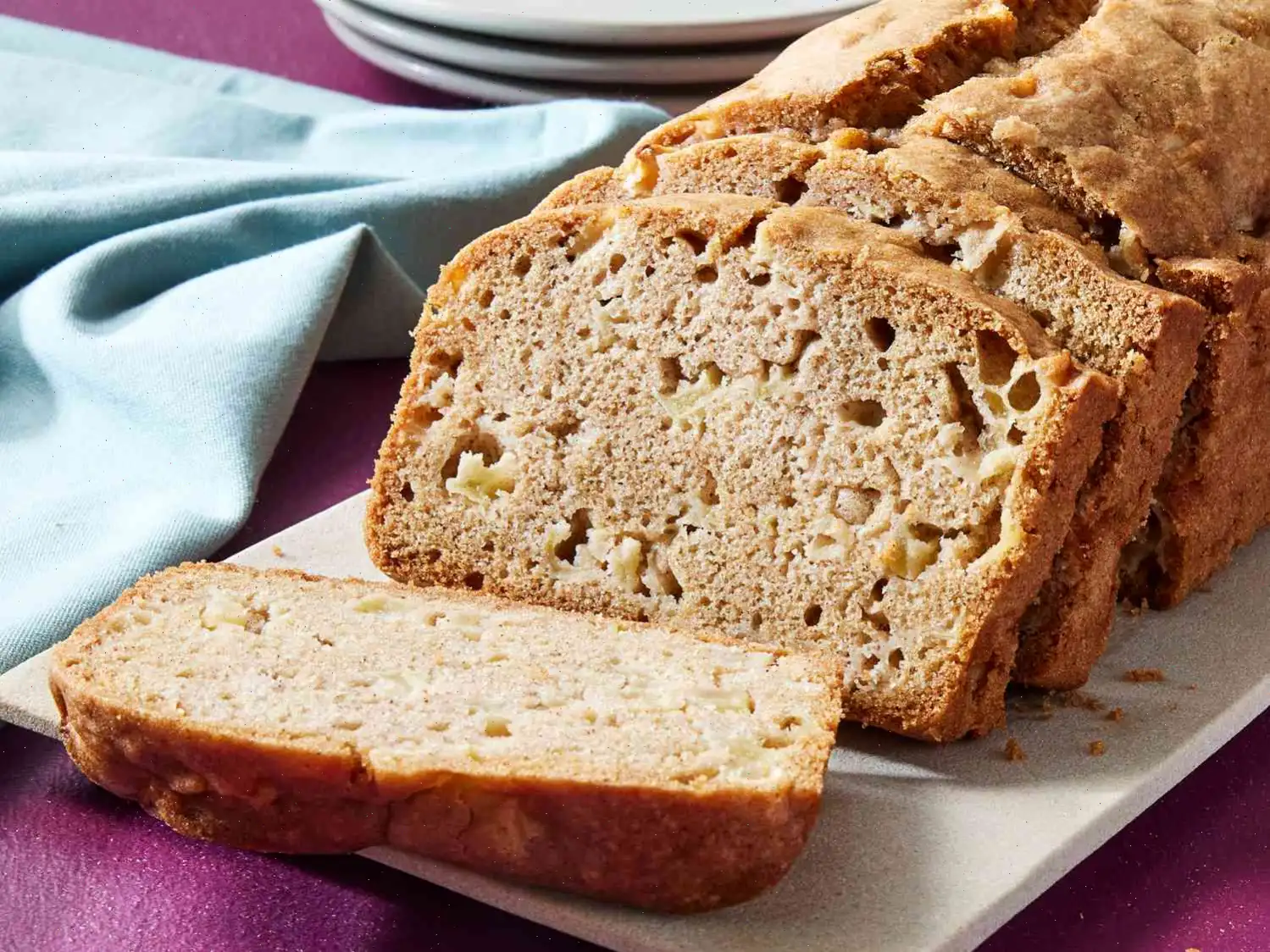
Pineapple Upside Down Bars Recipe
This delicious treat combines the tropical sweetness of pineapple with a buttery, spiced cake batter. Easy to make and even easier to enjoy, these bars are perfect for any occasion!
Ingredients
- 1 can (20 ounces) pineapple rings in 100% pineapple juice, drained (juice reserved)
- 15 maraschino cherries, stems removed
- 1 1/2 tablespoons brown sugar
- 1/2 cup unsalted butter, melted and slightly cooled
- 1/2 cup white sugar
- 1/4 cup firmly packed brown sugar
- 1/2 cup pineapple juice (reserved from the can)
- 1 tablespoon lemon juice
- 1 1/2 teaspoons vanilla extract
- 1 1/4 cups all-purpose flour
- 1/2 teaspoon salt
- 1/4 teaspoon baking soda
- 1/4 teaspoon ground cinnamon
- 1/4 teaspoon ground nutmeg
Directions
- Preheat the oven to 350F (175C). Line an 8x8-inch square baking pan with parchment paper, ensuring it overhangs on all sides. Lightly coat the parchment with nonstick spray.
- Prepare the pineapple: Remove 8 or 9 pineapple rings from the can and gently pat them dry with a paper towel. Reserve 1/2 cup of the pineapple juice for the batter and set it aside. Store any remaining pineapple rings and juice for future use.
- Prepare the cherries: Pat the maraschino cherries with a paper towel to remove excess moisture.
- Arrange the pineapple and cherries: Place the pineapple rings in a single layer at the bottom of the prepared pan, trimming them as needed to fit. Add the cherries in and around the pineapple rings, creating a decorative pattern. Sprinkle the brown sugar (1 1/2 teaspoons) over the pineapple and cherries.
- Make the batter: In a large bowl, whisk together the melted butter, white sugar, and the 1/4 cup of brown sugar until fully combined. Add in the reserved 1/2 cup of pineapple juice, lemon juice, and vanilla extract. Stir until the mixture appears slightly curdled.
- Mix the dry ingredients: Add the flour, salt, baking soda, cinnamon, and nutmeg into the wet mixture. Whisk everything together until the batter is smooth.
- Assemble the bars: Place dollops of the batter over the prepared pineapple and cherries. Gently spread the batter into an even layer using a spatula.
- Bake the bars: Place the pan in the preheated oven and bake for 30-35 minutes, or until the edges are golden brown and the center is set. A toothpick inserted into the center should come out clean.
- Cool the bars: Let the bars cool in the pan for 15 minutes. Then, carefully invert the pan onto a plate or platter and remove the parchment paper.
- Serve and enjoy: Allow the bars to cool completely. Once cooled, use a knife or long spatula to loosen the bars from the plate or platter. Cut into 16 equal-sized bars and serve.
Nutrition Facts (per serving)
- Calories: 151
- Total Fat: 6g (8% DV)
- Saturated Fat: 4g (18% DV)
- Cholesterol: 15mg (5% DV)
- Sodium: 89mg (4% DV)
- Total Carbohydrates: 24g (9% DV)
- Dietary Fiber: 1g (3% DV)
- Total Sugars: 16g
- Protein: 1g (3% DV)
- Vitamin C: 6mg (7% DV)
- Calcium: 13mg (1% DV)
- Iron: 1mg (3% DV)
- Potassium: 77mg (2% DV)

Recipe by: Kim
Origin and History
The Pineapple Upside Down Cake, a classic American dessert, is believed to have originated in the 1920s. Its popularity soared after the introduction of canned pineapple. The idea of cooking pineapple on the bottom of a cake pan, with a layer of sugar and butter, gives the dessert its signature caramelized topping. Pineapple Upside Down Bars are a modern twist on this beloved cake, offering the same tropical flavors in a more portable and convenient bar format. This variation retains all the sweetness and richness of the original while simplifying the preparation process.
Regional Variations
The Pineapple Upside Down Cake has a special place in American culinary traditions, particularly in the South and West, where tropical fruits are more readily available. While the cake itself is a staple at many Southern gatherings, the bar version can be found at picnics, potlucks, and casual dessert tables across the country. In some regions, the cake may be embellished with different fruits, such as maraschino cherries, which add a pop of color and an additional layer of sweetness. The bar format is particularly favored for its ease of serving and less mess compared to the traditional cake.
Distinguishing Features
Pineapple Upside Down Bars differ from their cake counterpart in a few key ways. While the classic cake typically uses a whole pineapple ring to create a stunning visual effect, the bars use smaller, more manageable pieces of pineapple. The baking time is also reduced, making the bars quicker to prepare. Additionally, these bars do not require the careful inverting process that the cake demands, as they are served directly from the pan. This makes them a great option for anyone seeking the flavor of the iconic dessert without the fuss.
Where Its Typically Served
Pineapple Upside Down Bars are perfect for casual occasions like barbecues, birthday parties, and family gatherings. Their compact form makes them easy to serve and eat without the need for plates or utensils. They can also be served as a snack with afternoon tea or as a sweet ending to a dinner party. Whether at home or at a celebration, these bars bring a tropical flair to any occasion, making them a crowd-pleaser thats both simple and elegant.
Interesting Facts
- While the Pineapple Upside Down Cake gained fame in the U.S., its not just an American invention. Similar "upside-down" cakes have been made in various cultures worldwide, often featuring different fruits like apples, pears, or plums.
- The use of maraschino cherries in the recipe is a hallmark of the American version of this dessert, though the original recipes often called for fresh fruit or none at all.
- The upside-down cake gained widespread attention during the Great Depression due to the availability of canned pineapple, making it an affordable and delightful treat for families.
- In the 1950s, a popular recipe pamphlet by the Dole Pineapple Company introduced the concept of the Pineapple Upside Down Cake to a national audience, further cementing its place in American kitchens.








